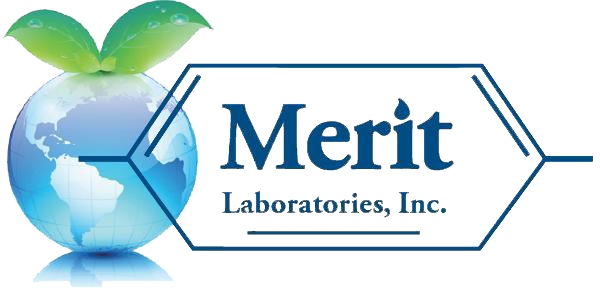Demystifying Detection Limits: Understanding MDL, IDL, PQL, RDL, RL, LOD, and LOQ in Environmental Testing
Have you ever reviewed a laboratory report and felt overwhelmed by acronyms like MDL, RL, LOQ, or IDL? You’re not alone. These terms are critical to understanding the sensitivity, precision, and reliability of laboratory results in environmental testing—but they can also be confusing, especially when used interchangeably or inconsistently across different labs or agencies.
In this post, we define commonly used acronyms related to detection and quantitation limits, helping you understand what they mean, how they’re determined, and why they matter for regulatory compliance and data interpretation.
MDL: Method Detection Limit
Definition:
The MDL is the lowest concentration of an analyte that a specific method can detect with 99% confidence that the result is distinguishable from zero.
How it's determined:
Calculated by analyzing a sample with a low concentration of the analyte multiple times (usually 7 replicates) and applying statistical formulas (often based on EPA 40 CFR Part 136 Appendix B).
Use case:
MDL helps determine whether a substance is present in a sample. However, results at or near the MDL may not be reliably quantifiable.
IDL: Instrument Detection Limit
Definition:
IDL is the smallest amount of analyte that a specific instrument can detect, independent of sample preparation or matrix effects.
How it's determined:
Established by injecting low-level standards directly into the instrument and measuring the signal-to-noise ratio, typically aiming for a ratio of 3:1.
Use case:
Primarily a quality control tool for evaluating instrument performance.
LOD: Limit of Detection
Definition:
LOD is a broader term for the lowest concentration of an analyte that can be detected, but not necessarily quantified, under the stated test conditions.
Note:
In many contexts, LOD is used synonymously with MDL, but technically it can be determined differently depending on the method or regulation.
LOQ: Limit of Quantitation
Definition:
LOQ is the lowest concentration at which the analyte can be quantitatively determined with acceptable precision and accuracy.
Typical threshold:
Often set at 3 to 10 times the standard deviation of blank measurements or a signal-to-noise ratio of 10:1.
Use case:
Any result below the LOQ is considered too uncertain for precise quantification, even if it’s above the LOD.
PQL: Practical Quantitation Limit
Definition:
PQL is the lowest concentration at which an analyte can be reliably detected and quantified during routine lab operations.
How it differs from LOQ:
While LOQ is a statistically derived limit, PQL includes practical considerations such as instrument variability, routine method performance, and matrix effects.
Use case:
Often used in regulatory reporting when a more conservative threshold is needed than LOQ.
RDL: Reporting Detection Limit
Definition:
RDL refers to the lowest concentration of an analyte that a lab will report as a numerical value, often based on client needs, regulatory guidelines, or contractual requirements.
Use case:
This limit is what appears on your report as the cutoff for reporting. Values below the RDL are typically marked as "non-detect" or "< RDL."
RL: Reporting Limit
Definition:
RL is essentially synonymous with RDL, though usage can vary. It represents the lowest level at which the lab reports quantitative results.
TDL: Target Detection Limit
Definition:
The TDL is often a regulatory or program goal that is established above the lowest feasible detection limit for a specific analyze or analytical test method.
Use case:
More commonly used in regulatory programs. Examples include the Michigan EGLE RRD Part 201 generic cleanup criteria and the U.S. Army Corps of Engineers Inland Testing Manual for dredged material.
Why Understanding These Limits Matters
Knowing the differences between these limits helps clients:
Understand whether a substance is truly absent or simply below detection.
Interpret low-level results with appropriate caution.
Meet regulatory reporting thresholds and ensure compliance.
Select the right methods for the right monitoring goals.
While the acronyms can be daunting, understanding the distinction between detection and quantitation limits helps demystify your lab data. If you’re ever unsure about the significance of a reported value—or non-detect—feel free to reach out to Merit Laboratories. Our technical team is always happy to explain how your data was generated and what it means for your project.
Merit Laboratories is one of the nation’s leading environmental testing laboratories, analyzing air, soil, wastewater, groundwater, drinking water, and other sample matrices for a diverse range of analytical parameters.

